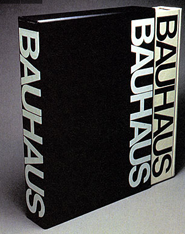| Making the Screen Function | |||
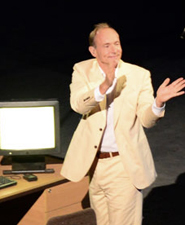 Tim Berners-Lee in the 2012 Olympic Games ceremony, London. |
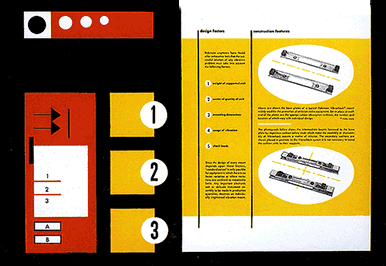 3 3 |
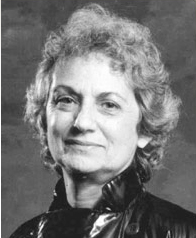 |
|
Tim Berners-Lee (b. 1955) (From his bio) In 1989 he developed HTML and invented the World Wide Web, an internet-based hypermedia initiative for global information sharing while at CERN, the European Particle Physics Laboratory. He wrote the first web client and server in 1990. His specifications of URL's, HTTP and HTML were refined as Web technology spread. A graduate of Oxford University, England, Tim Berners-Lee is the 3COM Founders Professor of Engineering in the School of Engineering, with a joint appointment in the Department of Electrical Engineering and Computer Science at the Laboratory for Computer Science and Artificial Intelligence (CSAIL) at the Massachusetts Institute of Technology (MIT) where he also heads the Decentralized Information Group (DIG). He is co-Director of the new Web Science Research Initiative (WSRI) and is a Professor in the Computer Science Department at the University of Southampton, UK. He directs the World Wide Web Consortium, founded in 1994.1 Thank you Mr. Berners-Lee.
|
Design Before the Internet He collaborated with graphic designer Ladislav Sutnar who understood that tabs, icons and symbols could be hot buttons for information retrieval. Sutnar used bold graphic elements and bright primary colors to grab attention and provoke interaction on the part of the user. He developed systems to make cluttered industrial catalogs more useable that can, possibly will, impact today's web design. |
Ladislav Sutnar Sutnar's work should be known by today's interactive designers: his whole career was built upon the interaction between graphic devices and clear information. Even though Sutnar's designs were meant for print it is easy to see how his methods of information organization apply to the internet age. |
Muriel Cooper (1925-1994) In 1967, she joined the MIT Press as its first art director and became widely recognized for her innovations in book design. Her work in print includes over 500 books, more than 100 of which have been awarded recognition in various competitions. Her best known book was the Bauhaus volume. She started to explore computer graphics while teaching a course at MIT called Messages and Means which looked at graphics in relation to technology. Ms. Cooper then helped found the Visible Language Workshop at the Media Laboratory where she focused on how computers can enhance the graphic communication process and, inversely, how high-quality graphics can improve computer information systems. More information is available in her 1994 AIGA Medal Award Profile here. |
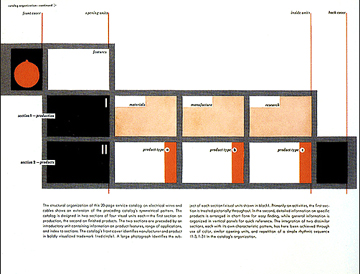 |
|||
| Footnotes | |||
1 W3.org people 2 |
3 4 |
||
| Copyrights | |||
| ©Designhistory.org 2011 | For Permission Info click here | ||
| Search | |||
| site search by freefind | |


